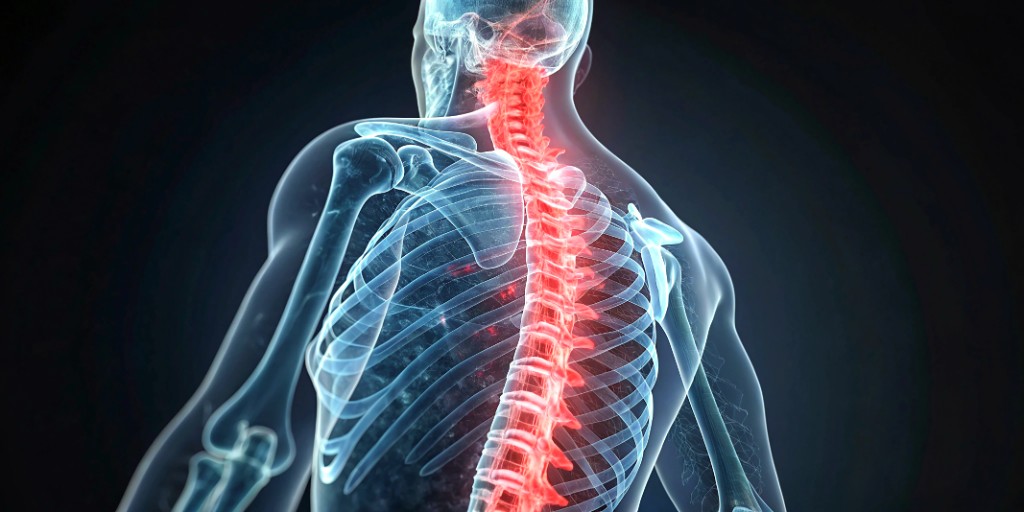Personal Injury Claims

personal injury
|
December 13, 2015
Overview of Spinal Cord Trauma Symptoms
Every year, more than 4,200 people suffer spinal cord injuries in Canada, according to The Incidence and Prevalence of Spinal Cord Injury in Canada by…

personal injury
|
March 23, 2015
Advancements in Spinal Cord Injury Treatments
Roughly 86,000 Canadians suffer from spinal cord-related injuries and illnesses, according to the Rick Hansen Foundation. Researchers are working diligently to identify, test and implement…

accident benefits
|
March 16, 2015
Common Damages Many Ontario Auto Insurance Policies Don’t Cover
Auto insurance can be confusing, and many people aren’t very clear about what their policies cover. After an accident, drivers are often shocked to learn…

accident benefits
|
February 2, 2015
Statute of Limitations for Car Accident Tort Claims in Ontario
Previously, we discussed the Ontario Limitations Act and how it affects personal injury claims in Ontario. The statute of limitations is the time limit the…

long-term disability
|
January 26, 2015
Post-Traumatic Stress Disorder Stemming from a Serious Injury
One in 10 people develops post-traumatic stress disorder (PTSD) at some point in their lives, according to the Canadian Mental Health Association (CMHA). People may…

dog bite
|
November 3, 2014
Proving a Dog Bite Claim in Ontario
Ontario follows a strict liability rule when it comes to dog bite cases, making it a relatively straightforward process for dog bite victims. However, even…

accident benefits
|
August 6, 2014
An Overview of Economic Losses on Insurance Claims in Canada
Economic losses are monetary damages, or those demonstrable on a balance sheet. In the aftermath of an injury-causing accident, many survivors are forced to pay out-of-pocket…

personal injury
|
May 21, 2014
The Complexity of the Whole Person Impairment (WPI) Rating System
The whole person impairment rating (WPI) refers to the system for calculating the extent of catastrophic injuries. It’s a complex system that some believe does…
